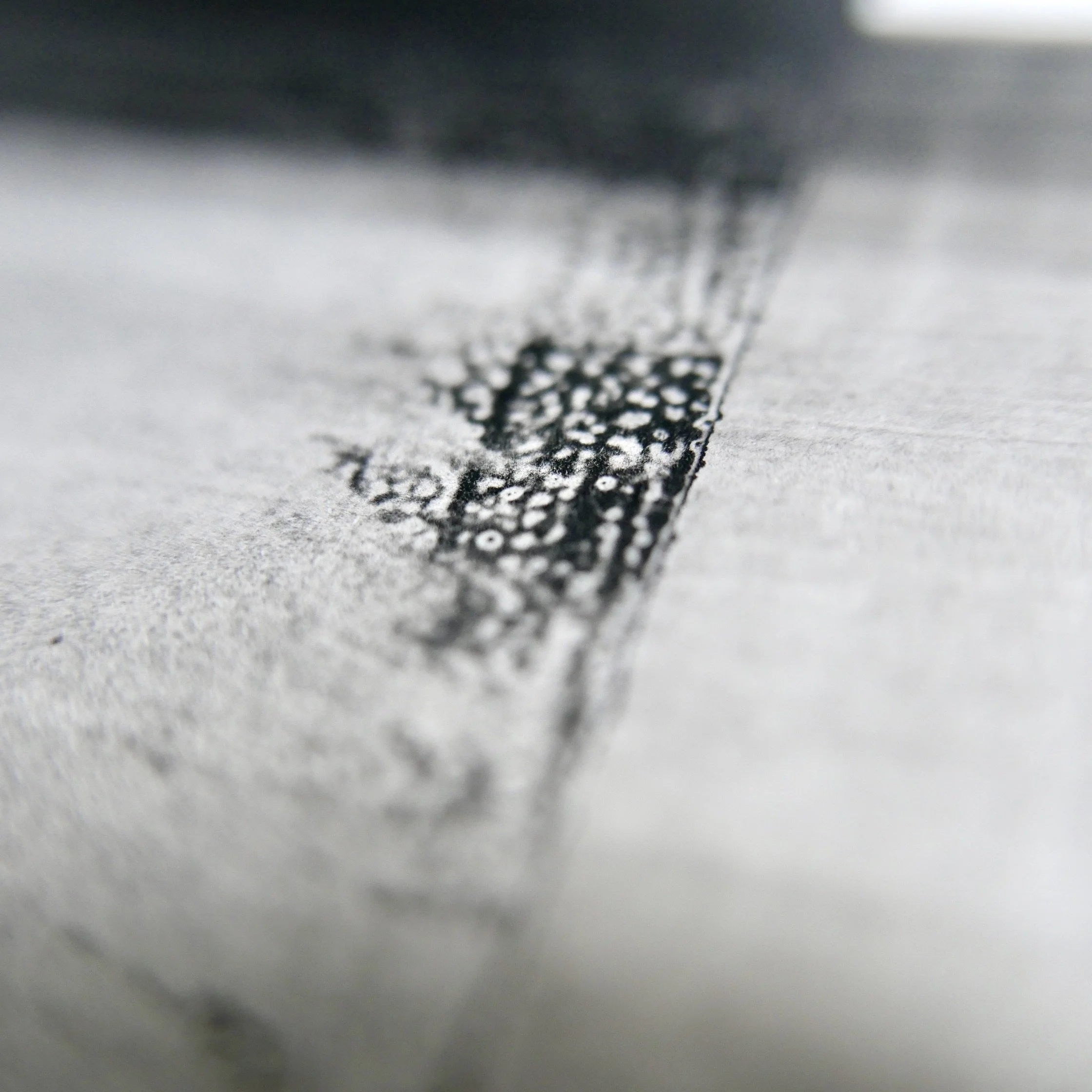update #33
determining distance
in art as organisation
(you can download the update in its original format)
in 2024 stordes exists 20 years
a moment to see what is in store for the future. this requires taking a certain distance towards the previous work and closing in on the themes and ideas that will provide guidelines for future works.
stordes’ work is about organisations and art.
in both, finding a balance between closing distance and taking distance, or intentionally disturbing that balance and forcing oneself to take that uncomfortable distance, is an important instrument to create possibilities for meaningful work.
the relationship between art and organisations is for stordes a matter of constant research and deliberation.
it provided challenges to understand the similarities and the differences. stordes worked from the notion of ‘organisations as works of art’.
the 20 years celebration evokes the thought that a formulation of ‘art as organisation’ forces stordes and its audiences to take even more intriguing position.
so instead of looking for the similarities and differences between art and organisation as two entities stordes takes a stance of seeing them as one. that is a more productive starting point when dealing with the work of determining an effective distance.
increasing the distance between you, the observer, and the object that is being observed provides the benefit of overview.
the whole becomes more in focus than the details.
a more complete picture emerges clarifying the positions of the components of the object.
relationships between elements become visible. arguments for the chosen composition change and are differently weighted.
the context in which the object is set reveals its meaning, its harmony, its synergies, but also its tensions and contrasts.
distance provides the opportunity for abstraction and another level of understanding. comparison with other objects and entities is possible.
when the distance from the object is decreased, new details become visible. what was hidden in the larger picture can attain the attention that is needed for understanding and appreciation.
the finer workings of the object begin to shine without the distraction of the larger picture. the purity and delicacy of the object are disclosed. subtle relationships between the underlying parts of the form and composition of the object can be studied.
proximity meets intimacy. abstraction of the whole is replaced by tangibility of the unveiled nuances. the view is undistracted and private with room for contemplation. it offers new opportunities for connection with the object.
the freedom to determine the distance towards the object helps to comprehend the complexity and constitutions of the object. a constant moving towards and moving away from the object allows for a balanced and complete picture. details and the larger picture alternate constantly. a rich image develops.
forcing the viewer in a position where changing the distance towards the objective is prohibited is quite another strategy to relate to an object. the possibility of escape to have a closer look or to have a broader is hindered. one could say an unfavourable situation.
yet, when stuck in a distance there is an unseen necessity to relate to what is provided. longing and urge to change the distance are unwillingly suppressed.
the viewer has only one fixed frame of distance.
that static position creates the possibility of a fresh investigation into what is revealed. focus has to be adjusted instead of distance. the view that is available is more closely studied, there is no other possibility. the irritation about the lack of freedom is altered in an appreciation of the richness or austerity of the enforced picture.
acknowledgement and fascination occur.
all images
photo’s by hein duijnstee
of details of his books of drawings
for stordes20, 2024







